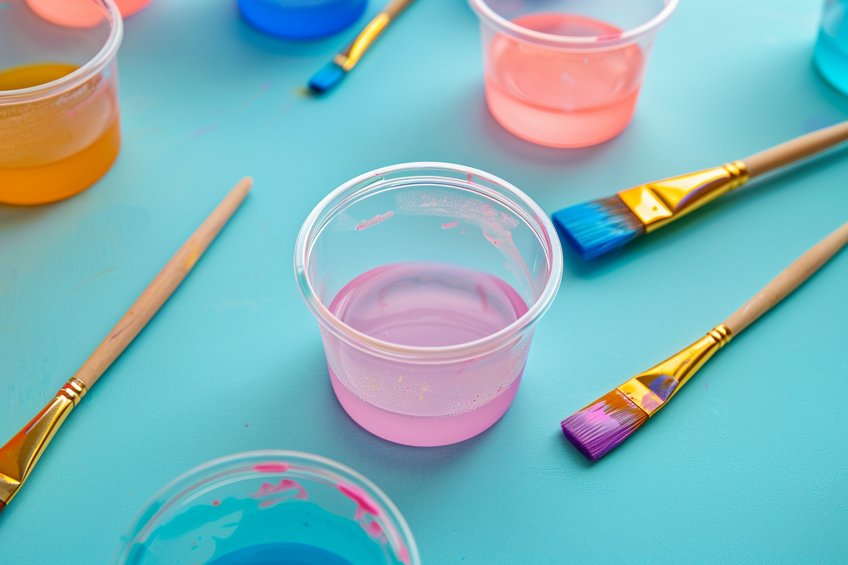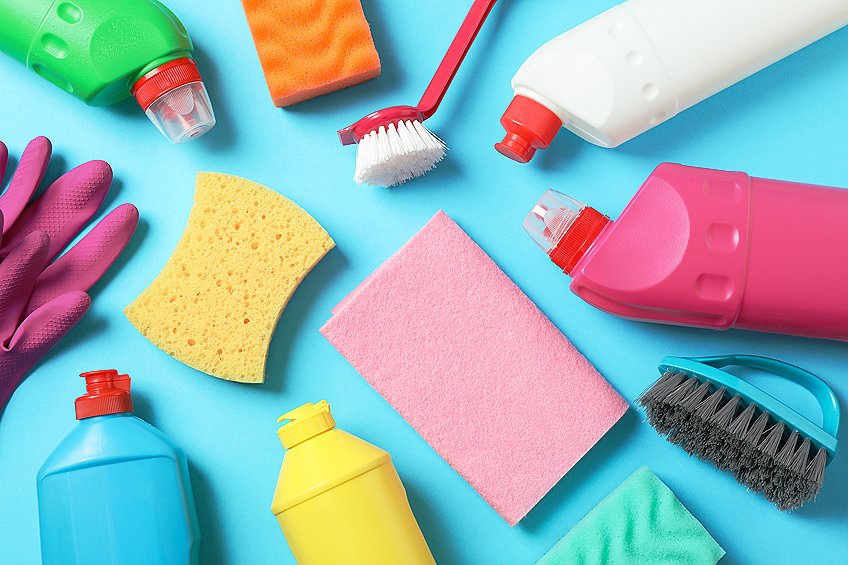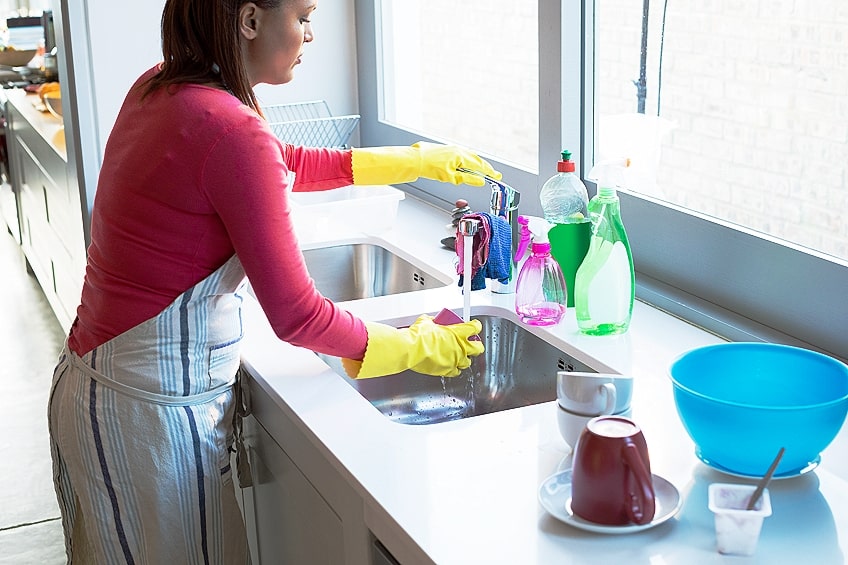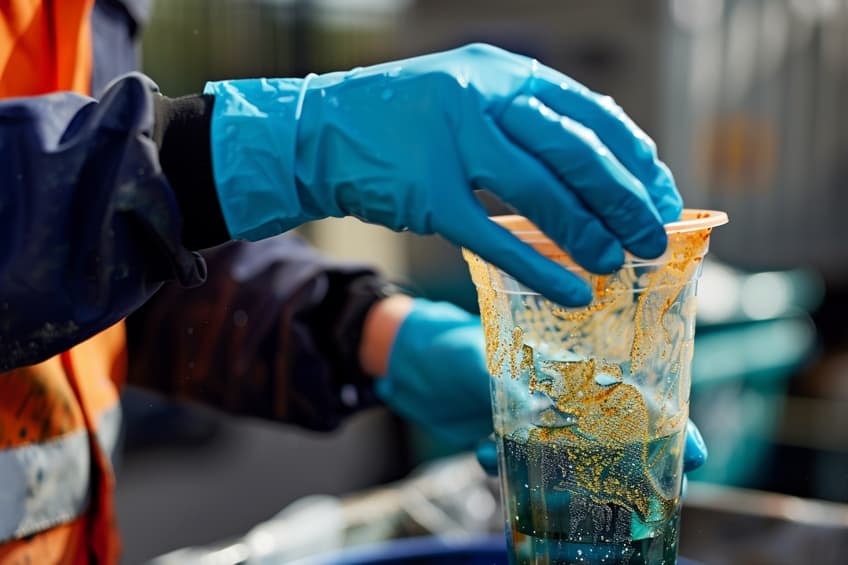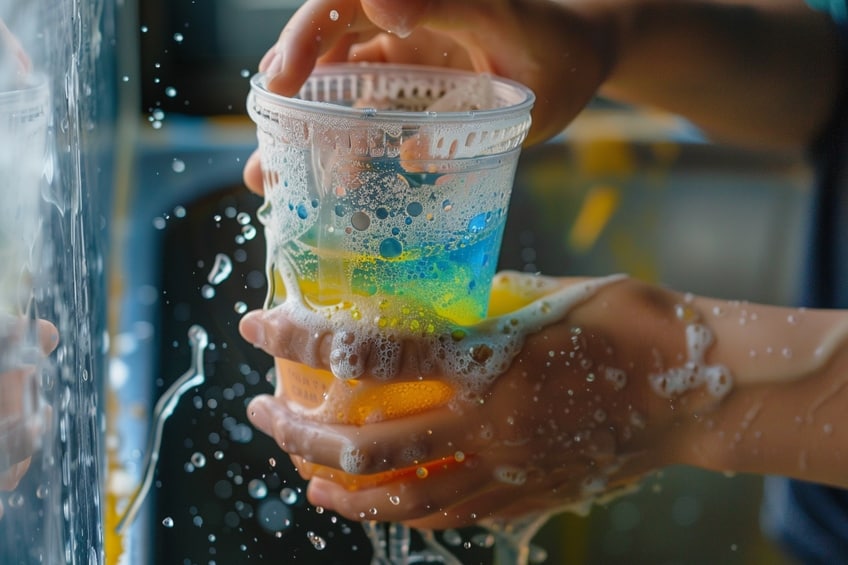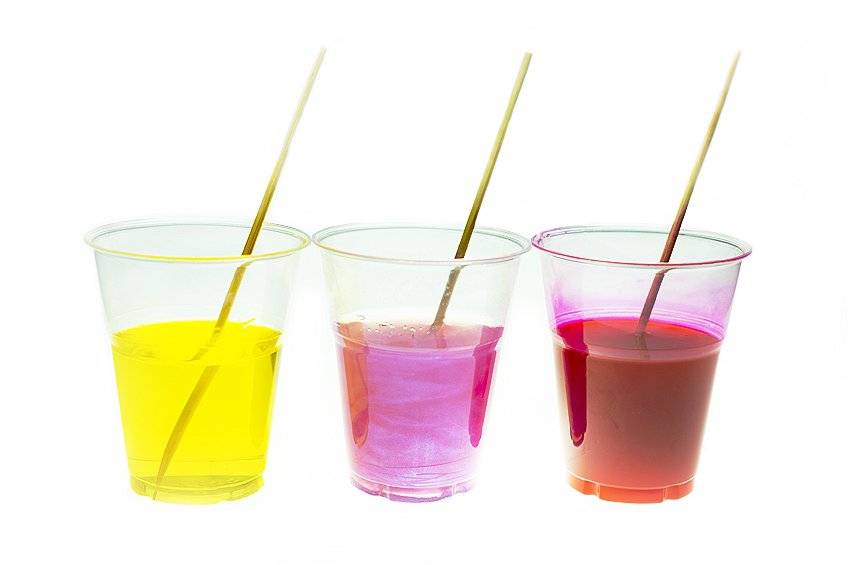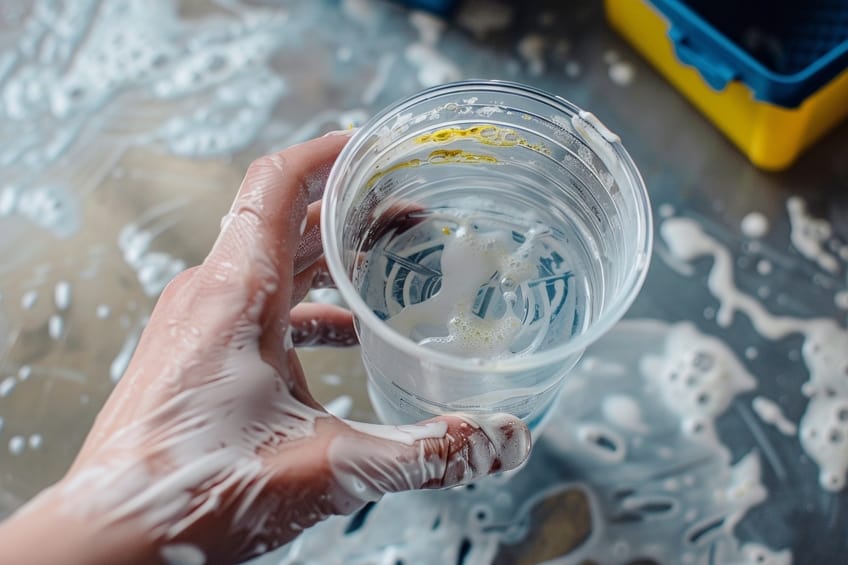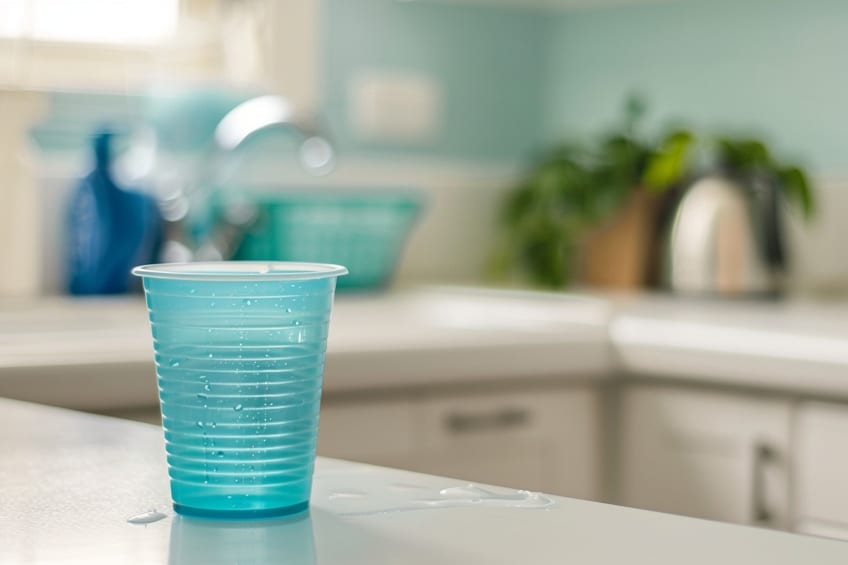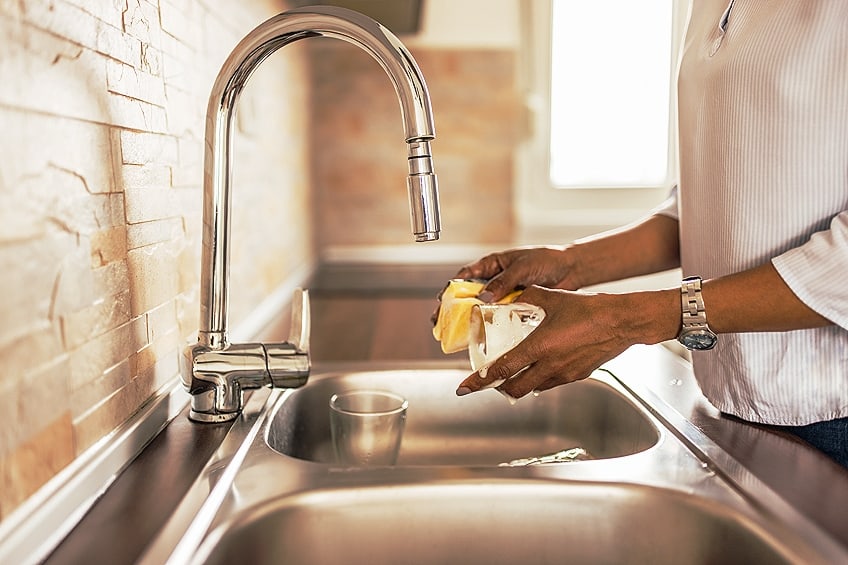How to Clean Resin Cups – A Step-by-Step Guide
This post may contain affiliate links. We may earn a small commission from purchases made through them, at no additional cost to you. You help to support resin-expert.com
Welcome to the colorful world of resin crafting! Whether you’re a seasoned resin artist or just dipping your toes into the resin pond, one thing is for sure: cleaning those sticky resin cups can be a bit of a sticky situation! Fear not, fellow resin enthusiasts, for we’ve got you covered with some handy tips and tricks to make cleaning your resin cups a breeze. Say goodbye to the gooey mess and hello to pristine, shiny cups ready for your next crafting adventure. Let’s dive in and learn how to keep our resin cups sparkling clean!
Table of Contents
Key Takeaways
- Cleaning resin cups efficiently can prolong their lifespan and reduce waste.
- Starting the cleaning process with wet resin simplifies residue removal.
- Various methods are suitable for different stages of resin curing.
Preparing to Clean Resin Cups
Cleaning resin cups is a practical skill for any DIY enthusiast or professional who works with epoxy resin. Epoxy resin is a versatile material used in various crafting and industrial applications, from creating jewelry to coating countertops. However, one of the challenges that come with its use is the sticky residue it leaves behind in mixing containers.
Knowing how to properly clean these cups not only saves time but also reduces waste and saves on costs, promoting more sustainable practices.
The cleaning process ideally begins while the resin is still wet, as this stage allows for easier removal. Utilizing common household items such as paper towels can be effective for wiping out the bulk of the liquid resin. For more stubborn and cured residues, methods like applying a solvent or employing a dry and peel approach can be employed to ensure a thorough cleaning. Each technique has its own set of steps and necessary precautions, answering common questions regarding the best practices for maintaining resin mixing cups.
Gathering Necessary Supplies
Ensure you have the following supplies before cleaning:
- Nitrile gloves: Wearing gloves protects your skin from uncured resin and cleaning agents.
- Paper towel: For wiping out excess uncured resin from cups.
- Alcohol or acetone: These solvents effectively remove uncured resin residue.
- Warm water and soap: Useful for cleaning out the cups once the majority of resin has been removed.
- Safety goggles: To protect your eyes from splashes.
- Vinegar and baking soda (optional): Can be used for a more eco-friendly cleaning approach.
Understanding Resin Properties
Resin has unique properties that require special consideration. Cleaning resin cups efficiently involves knowing how resin behaves and having the right tools to address the residue it leaves behind.
- Cure time: Resin transitions from liquid to solid state over time. Cleaning should occur before full curing to avoid difficulty.
- Resin-to-hardener ratio: Properly cured resin is easier to remove, so ensure accurate mixing prior to use.
- Leftover resin: Uncured resin remains sticky and can be challenging to clean, necessitating solvents like alcohol or acetone.
- Cured resin: Once the resin has cured, it’s easier to peel or break off the cups.
Cleaning Process for Resin Cups
To ensure the longevity of resin cups and maintain a clean, pollutant-free workspace, it is essential to follow a comprehensive cleaning regime that involves mechanical, solvent-based, and maintenance techniques.
Mechanical Removal of Residue
The first step in cleaning resin cups is to remove as much of the uncured resin as possible. Using a plastic scraper or toothpick can aid in dislodging cured or semi-cured resin safely. For soft, pliable materials like silicone cups, a flexible silicone spatula can be effective in removing the excess without causing scratches that can trap future residue.
Soaking and Rinsing Techniques
After most of the epoxy resin is removed, the cups should be treated with a solvent to dissolve any remaining film. Substances such as isopropyl alcohol, acetone, or nail polish remover are suitable for breaking down resin. Ensure proper ventilation when using these chemicals. Immerse the cup in warm, soapy water, made with a mild dish soap, to loosen any leftover particles. Use a sponge or a soft-bristle brush for scrubbing the surfaces gently. Rinse thoroughly with warm water to remove all soap and solvent.
Final Cleanup and Maintenance
After rinsing, wipe the inner and outer surfaces with a paper towel to absorb moisture. Let the cups air dry completely on a wax paper or silicone mat to prevent dust and debris from settling. Regular maintenance, like checking for scratches or addressing buildup, should be performed to extend the life of the cups. While dishwashers may be used for some types of plastic cups, it is generally not recommended as high temperatures could warp the cup, and not all solvents are dishwasher safe.
It is essential to wipe down and dry resin cups properly after each cleaning to ensure they are ready for their next use.
Cleaning Resin While It’s Still Wet
To prevent resin from curing and sticking to the mixing cups, cleaning them promptly while the resin is still wet is crucial. Following a systematic approach will ensure the cups can be reused, saving costs and reducing waste.
Wipe the Cup
The user should immediately wipe out as much resin as possible using a paper towel. Efficiency is key here; the goal is to remove the majority of the liquid resin before it begins to cure and becomes more difficult to deal with.
Use a Solvent
Once the majority of the resin is wiped out, the user needs to use a solvent such as denatured alcohol or acetone. A proper application of the solvent will help dissolve any remaining resin that the paper towel couldn’t pick up.
Remove Residue
After solvent application, any residues should be carefully wiped away. This step ensures that the cup is free from any sticky or semi-solid resin that could interfere with future uses.
Finish Cleaning
The user should rinse the cup with warm, soapy water to remove any traces of solvent and resin. It is recommended to wear gloves throughout the cleaning process to protect the user’s skin from potential irritation caused by both the resin and the solvent.
Dry and Peel
This section focuses on a simple yet effective method for cleaning resin cups. It involves letting the resin dry completely and then removing it in one piece.
Flip the Cup Over and Leave Overnight
To ensure that the resin dries evenly and can be peeled out in one piece, one should flip the cup upside down. Leave the cup undisturbed and allow the resin to cure overnight. A flat surface is recommended for balance and to avoid spills.
Peel the Leftover Resin
Once completely dried and cured, the resin should form a solid layer inside the cup. One can then carefully flex the cup to loosen the edges of the resin. Usually, the dried resin can be peeled away from the cup in one piece, making it easier to remove.
Wash the Cup
After peeling out the leftover resin, washing the cup is recommended to remove any small pieces or residue. Warm, soapy water is effective for this final cleaning step. Rinse the cup thoroughly to ensure all soap and resin traces are eliminated.
Congratulations, resin crafters, you’ve mastered the art of cleaning resin cups like pros! With a little patience, the right techniques, and a sprinkle of creativity, you can keep your crafting space tidy and your resin cups gleaming. Remember, cleaning resin cups doesn’t have to be a daunting task—it’s just another part of the resin crafting journey! So go ahead, embrace the mess, experiment with new designs, and let your creativity flow. Here’s to many more resin-filled adventures ahead!
Frequently Asked Questions
What Is the Best Method to Remove Cured Resin from Mixing Cups?
The most effective method involves soaking the cups in hot water to soften the cured resin, followed by mechanical removal. Utilizing solvents like denatured alcohol or acetone can help dissolve any remaining residue.
Can Silicone Cups Be Safely Cleaned After Using Them for Resin?
Yes, silicone cups can be cleaned safely. They are known for their non-stick properties, which generally allow for an easier release of the resin compared to other materials. Gentle scraping and washing with soap and water typically suffice for cleaning silicone cups.
Are There Any Household Items That Can Safely Clean Resin from Cups and Tools?
Household items such as vinegar, baking soda, or isopropyl alcohol can be employed for cleaning resin. Vinegar and baking soda can help with light cleaning, while isopropyl alcohol is more effective for removing sticky residues.


